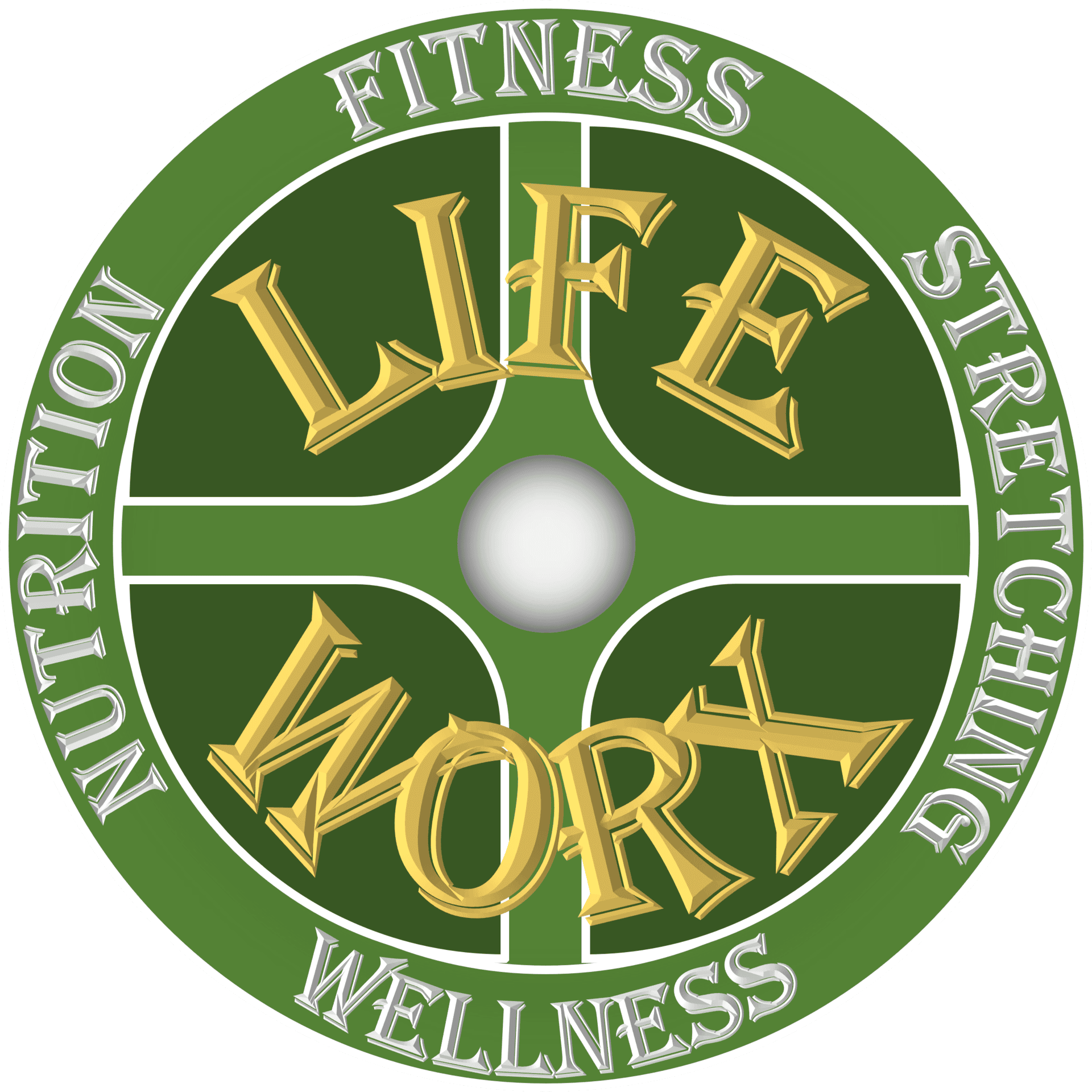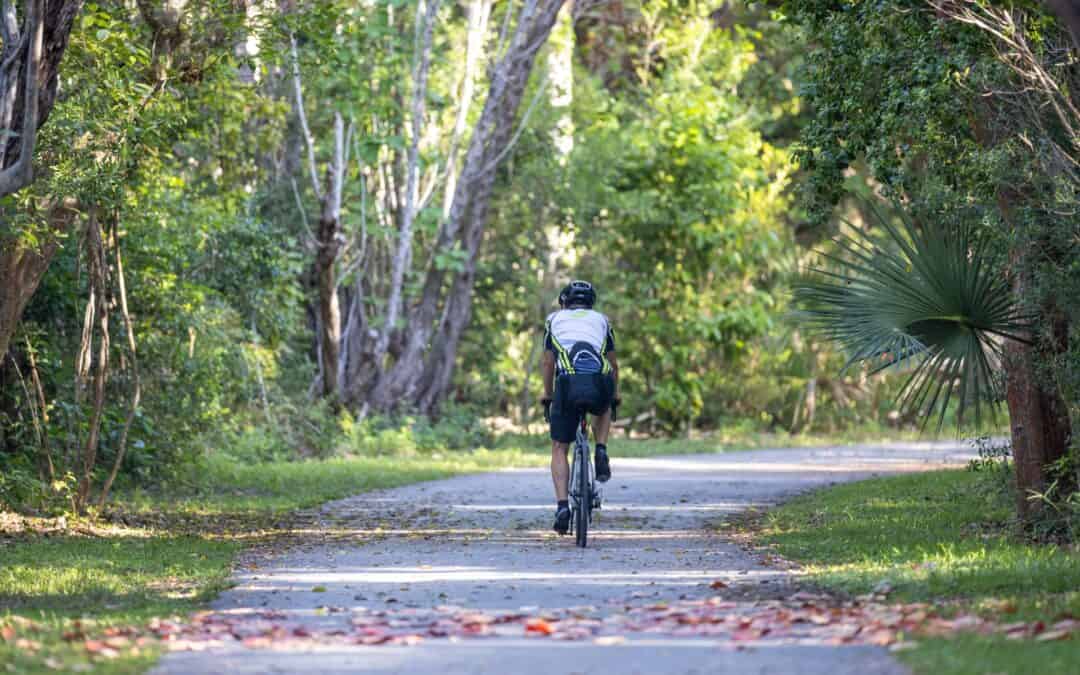Exercising in hot and sunny conditions presents unique challenges and benefits. The heat can amplify the intensity of a workout, leading to greater calorie burn and cardiovascular improvements. However, it also demands extra caution and preparation to avoid heat-related illnesses. This article explores how to effectively exercise in hot and/or very sunny conditions, offering practical tips and insights that ensure safety and effectiveness. Personal trainers play a crucial role in guiding individuals through these challenging conditions.
Benefits of Working Out in Heat
Exercising in the heat can significantly boost fitness levels. Increased body temperature enhances calorie burning and improves cardiovascular health. Heat training also builds mental toughness and resilience, making regular workouts seem easier by comparison. For example, personal trainers often observe clients becoming more adaptable and robust after consistent training in warm environments.
- Increased calorie burn: The body works harder to cool down, leading to higher calorie expenditure.
- Improved cardiovascular health: Heat exposure strengthens the heart and improves circulation.
- Enhanced mental toughness: Training in challenging conditions builds resilience and mental fortitude.
Staying Hydrated
Hydration is crucial when exercising in hot conditions. Dehydration can lead to serious health issues, including heat exhaustion and heat stroke. Drinking plenty of fluids before, during, and after a workout helps maintain hydration levels. Personal trainers often advise their clients to start hydrating well before their exercise session begins.
- Best fluids to drink: Water, non-sugary electrolyte drinks, and alternating with coconut water.
- Pre-exercise hydration: Drink at least 16-20 ounces of water 2-3 hours before exercising.
- During exercise: Sip 7-10 ounces of water every 10-20 minutes during the workout.
Choosing the Right Clothing
Wearing appropriate clothing can make a significant difference when exercising in the heat. Light, breathable fabrics help regulate body temperature by allowing sweat to evaporate more efficiently. Clothing choices can prevent overheating and enhance comfort during workouts.
- Light and breathable fabrics: Choose materials like cotton or moisture-wicking synthetic fabrics.
- Loose-fitting attire: Allows for better air circulation and cooling.
- Light colors: Reflect sunlight rather than absorbing it, keeping the body cooler.
Timing Your Workouts
The time of day can greatly impact the safety and effectiveness of a workout in hot conditions. Exercising during cooler parts of the day, such as early morning or late evening, helps avoid the intense midday heat. This practice reduces the risk of heat-related illnesses.
- Early morning: Temperatures are usually cooler, and air quality is better.
- Late evening: The heat of the day has subsided, making it more comfortable.
- Avoiding peak sun hours: Typically between 10 a.m. and 4 p.m., when the sun’s rays are strongest.
Protecting Yourself from the Sun
Sun protection is essential when exercising outdoors in hot and sunny conditions. Prolonged exposure to the sun can lead to sunburn and increase the risk of skin cancer. Using a mineral zinc oxide based sunscreen, wearing hats, and sometimes sunglasses are simple yet effective ways to protect the skin and eyes.
- Sunscreen: Apply a broad-spectrum mineral sunscreen.
- Hats: Wear a wide-brimmed hat to shield your face and neck from the sun.
- Sunglasses when needed: Protect your eyes from harmful UV rays with UV-blocking sunglasses.
Adjusting Workout Intensity
Modifying workout intensity is necessary to prevent overheating. High-intensity workouts can be dangerous in extreme heat. It’s important to listen to the body and adjust the pace and intensity accordingly. Personal trainers often tailor workouts to match their clients’ tolerance to heat.
- Lower intensity: Opt for moderate exercises like brisk walking or light jogging.
- Shorter durations: Reduce workout time to prevent excessive strain.
- Rest intervals: Incorporate frequent breaks to cool down and rehydrate.
Effective Cooling Down
Cooling down after a workout in the heat is just as important as the workout itself. Effective cool-down techniques help the body return to its normal temperature and promote recovery. This step is vital to avoid post-exercise heat stress.
- Gradual cool-down: Slowly decrease exercise intensity in the final 5-10 minutes.
- Hydration: Continue drinking fluids to replace lost sweat.
- Cool environment: Find a shaded or air-conditioned area to rest.
Personal Trainer Guidance
A personal trainer can be an invaluable asset when exercising in hot conditions. Trainers provide personalized guidance, ensuring workouts are safe and effective. They can customize exercise plans based on weather conditions and individual fitness levels.
- Customized workout plans: Tailored to the client’s fitness level and heat tolerance.
- Safety monitoring: Trainers watch for signs of heat-related illnesses.
- Motivation and support: Encouragement to stay committed and safe during challenging conditions.
In-Depth Analysis
Exercising effectively in hot and sunny conditions requires careful planning and consideration. Hydration, appropriate clothing, and timing are essential factors to ensure safety. Protecting oneself from the sun and adjusting workout intensity can prevent heat-related issues. Personal trainers play a critical role in guiding these workouts, providing customized plans, and monitoring safety.
Key Takeaways on Exercising in Heat
- Hydration is crucial: Drink plenty of fluids before, during, and after exercise.
- Proper clothing: Wear light, breathable fabrics and light colors.
- Timing: Exercise during cooler parts of the day to avoid peak sun hours.
- Sun protection: Use sunscreen, hats, and sunglasses.
- Adjust intensity: Modify workouts to prevent overheating.
- Cooling down: Incorporate effective cool-down techniques post-exercise.
- Personal trainer guidance: Seek professional help for safe and effective workouts in the heat.
Frequently Asked Questions
What are the best fluids to drink when exercising in hot conditions?
Water, non-sugary electrolyte drinks, and coconut water are the best options for staying hydrated during workouts in hot conditions. They help replenish lost fluids and electrolytes.
When is the best time of day to exercise in the heat?
Early morning and late evening are the best times to exercise in the heat. These periods are cooler, reducing the risk of heat-related illnesses.
How can a personal trainer help with hot weather workouts?
A personal trainer can customize workout plans based on individual fitness levels and heat tolerance, monitor safety, and provide motivation and support.
What clothing is best for exercising in hot weather?
Light, breathable fabrics like cotton or moisture-wicking synthetics, loose-fitting attire, and light colors are best for exercising in hot weather.
Why is it important to adjust workout intensity in the heat?
Adjusting workout intensity prevents overheating and reduces the risk of heat-related illnesses. Lowering the intensity ensures that the body can cope with the added stress of the heat.

